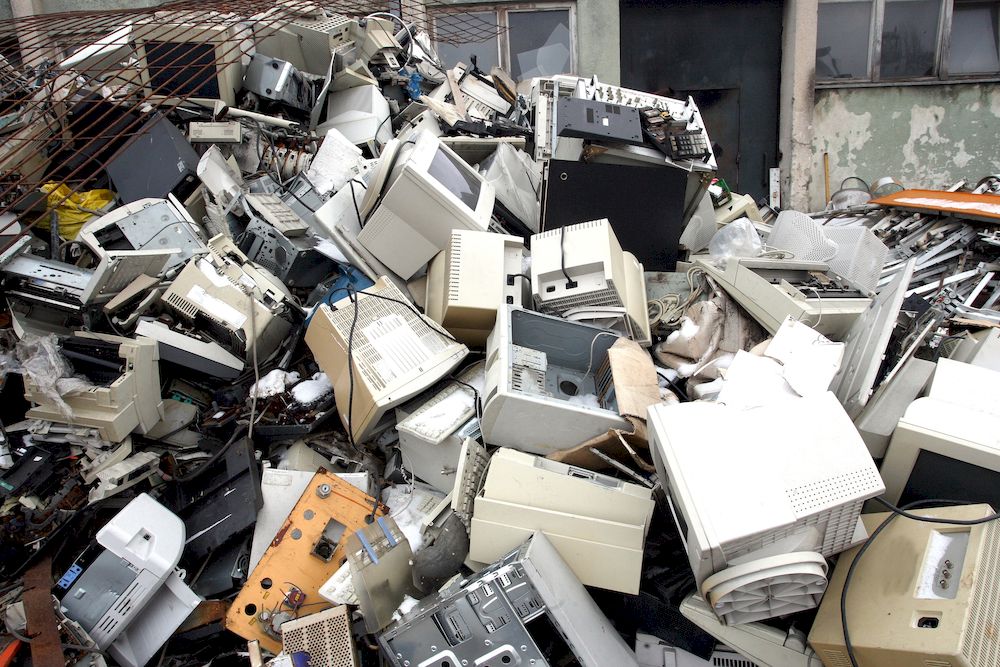SEPT 6 — At a time when there has never been so much waste produced on Earth, the sorting and recycling of raw materials are important issues. Scientists have developed a method, based on machine learning, to accurately separate waste to be recycled from waste to be thrown away. In the future, the goal is to be able to roll out this technology to help people systematically sort their waste correctly.
A neural network trained on a set of images can now identify recyclable objects with more than 95 per cent accuracy using a standard webcam, according to work by researchers at University College London (UCL).
The aim is to create intelligent and reliable collection systems, working on a simple principle: scanning an item and then automatically opening a container dedicated to that kind of material. This notably includes plastic objects, too many of which currently end up in landfill when they could, in most cases, be recycled.
A first experiment of this kind was carried out back in 2019, in collaboration with IBM, at Marwell Zoo in England. Before throwing something in the trash, visitors could “scan” an item of waste (identified by a camera) allowing a computer to tell them which trash can to put it in. This innovation, still in prototype form, was already based on machine learning, i.e., giving computers the capacity to learn from new data.
By building on and optimising this experience, the UCL researchers created a solution that should now prove much more reliable. In order to improve the accuracy and classification of the different materials, they drew on a multitude of learning parameters, then increased the data tenfold, by rotating or flipping the images completely, zooming in or even changing the brightness. They now state that the recognition rate exceeds 95 per cent. — ETX Studio






















